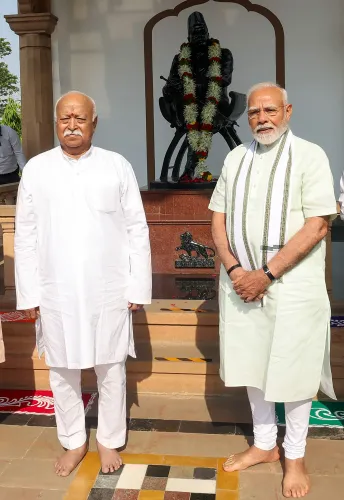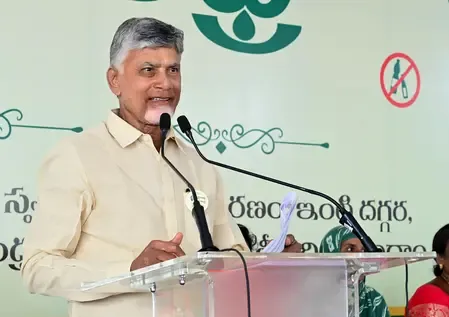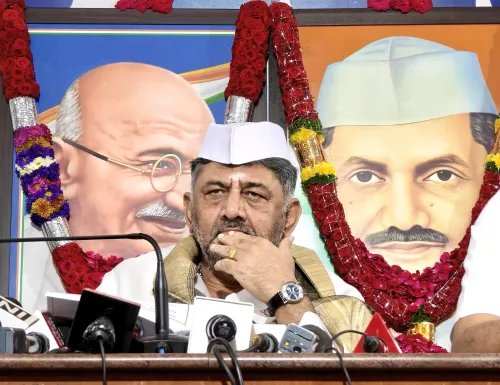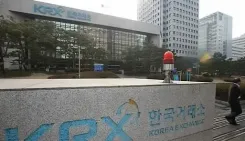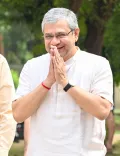Why Did the Leh Apex Body Reject the Magisterial Probe into the September 24 Firing Incident?
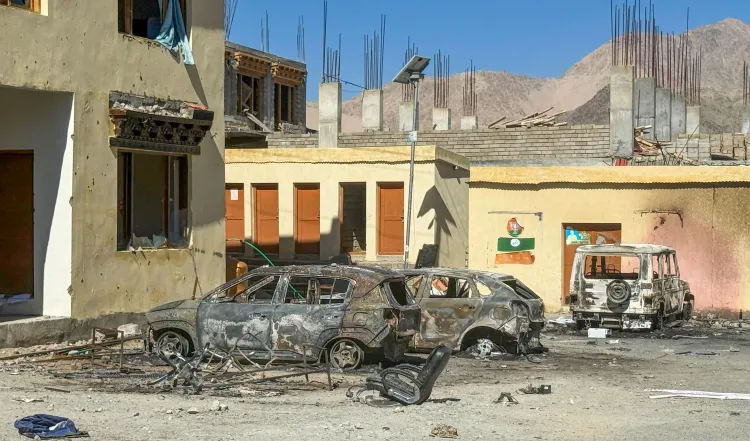
Synopsis
Key Takeaways
- The Leh Apex Body demands a judicial inquiry into the September 24 firing.
- Four civilians lost their lives during the incident, sparking public outcry.
- The LAB insists on the release of detained activists as a precondition for talks.
- The government maintains that police acted in self-defense.
- This situation highlights ongoing tensions between local communities and the administration.
Leh, Oct 2 (NationPress) The Leh Apex Body (LAB) has decisively dismissed the magisterial inquiry initiated by the UT administration regarding the law and order disturbance that occurred on September 24.
The LAB firmly believes that only a comprehensive judicial investigation can pinpoint accountability for the tragic loss of civilian lives during the firing incident on September 24.
LAB co-chairman Chering Dorjey has expressed strong disapproval of the probe led by the Sub-Divisional Magistrate of Nubra.
“From the very beginning, we have insisted on a judicial inquiry into the deaths of Ladakhi individuals. We demand clarity on who authorized the firing on unarmed civilians without any prior warning. We categorically reject the magisterial inquiry,” Dorjey asserted to the media.
He further stated that discussions with the Central government will not be entertained unless the core demands of the LAB are acknowledged.
Among these demands is the release of climate activist Sonam Wangchuk along with others who were detained on September 24.
The Ladakh administration had designated SDM Nubra Mukul Beniwal (IAS) as the inquiry officer to gather details about the incident when police resorted to firing amidst protests in Leh.
Four local residents, identified as Jigmet Dorjey from Kharnak, Rinchen Dadul from Hanu, Stanzin Namgail from Igoo, and Tsewang Tharchin from Skurbucha, tragically lost their lives in this incident.
The UT administration asserts that security personnel were compelled to use their firearms in self-defence against a violent mob that was throwing stones and attempting to set a CRPF vehicle ablaze with the soldiers inside.
The mob proceeded to set fire to the local BJP office and the LAB headquarters, while also vandalizing the vehicle of DGP S.D. Singh Jamwal, who narrowly escaped with injuries.
The Ministry of Home Affairs has accused climate activist Sonam Wangchuk of inciting violence in the region. The DGP informed the press that Wangchuk had been on a hunger strike since September 10, and upon the outbreak of violence, he ended his fast and fled the scene in an ambulance.
Wangchuk was subsequently detained under the National Security Act (NSA) and relocated to Jodhpur jail in Rajasthan.
Both the LAB and the Kargil Democratic Alliance (KDA), who are at the forefront of the movement advocating for statehood and the inclusion of the UT in the 6th schedule, have called for the unconditional release of Sonam Wangchuk and all others detained on September 24, alongside demanding accountability for the firing that resulted in the deaths of four civilians.

